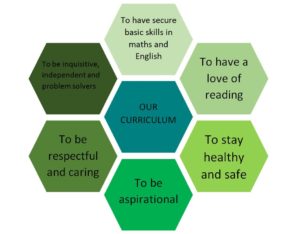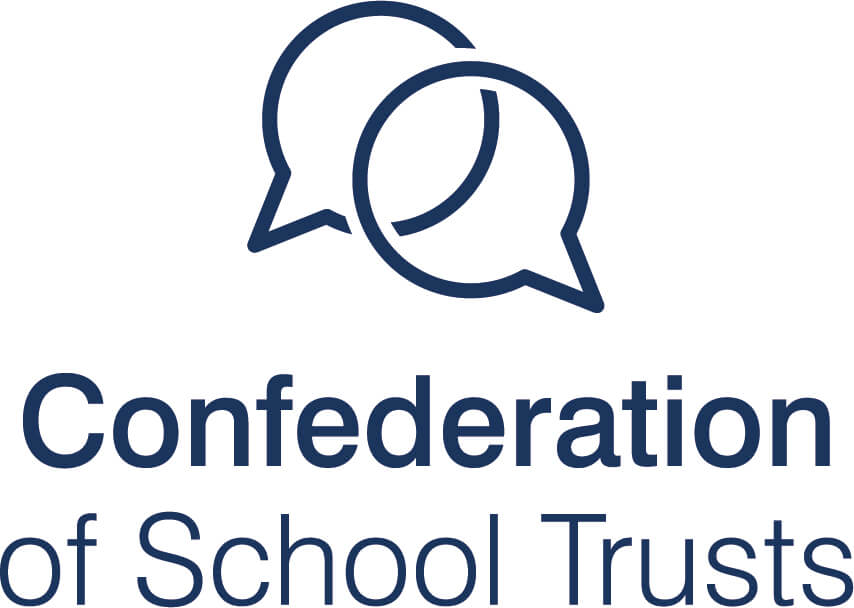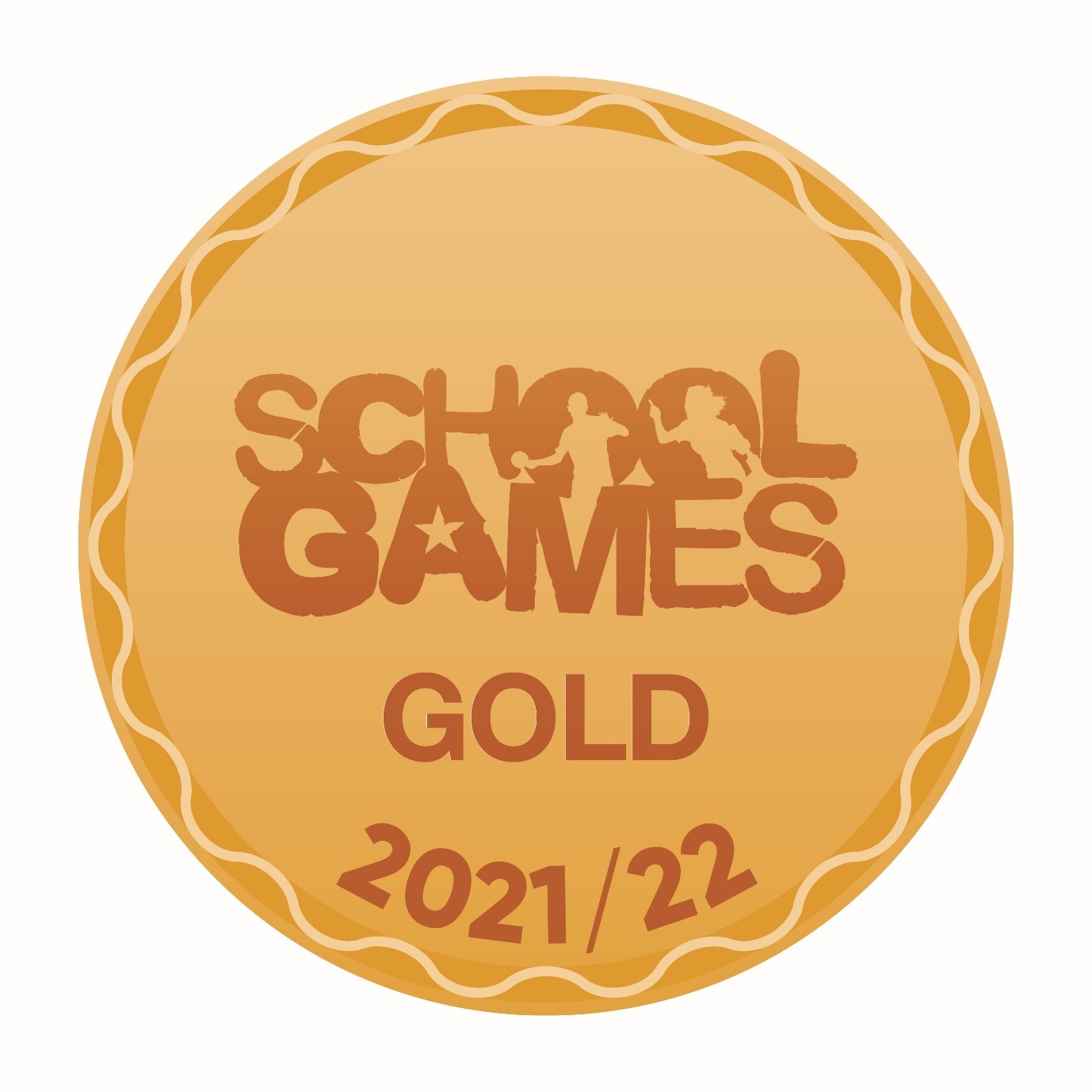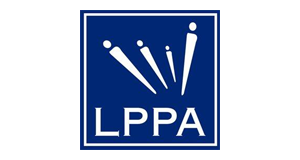Design Technology
Think about everything around us that has been manufactured – from the device you are reading this webpage on to the chair you are sitting in, from the tiniest pencil sharpener to the International Space Station – every one of these and countless other objects have been designed and made by engineers.
At Overfields, our Design Technology curriculum aims to develop creativity, problem solving and innovation through the design, manufacture and evaluation of functional and useful products for the modern world. It combines skills from maths, science, computing and art to develop pupils who are resourceful, innovative and considerate of their surroundings.
To see the way that teaching and learning in Design Technology supports our school’s wider curriculum vision, click below:
The Design Technology curriculum is organised into five areas:
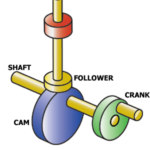
Mechanisms – the mechanical systems that make things move in the way we want to – levers, wheels and axles, cams, pneumatics.
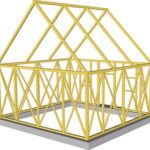
Structures – the range of 3D constructions from boxes to buildings and packaging to frame tents.

Textiles – designing and building with fabric – clothes, soft cases, footwear, hats

Electrical systems – creating designs that include electrical circuits, and computer controlled devices.
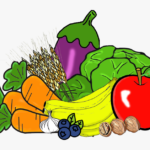
Food – designing and making edible products.
From chairs to scones and pencil cases to healthy snack bars, the children work on three; design, make and evaluate projects in each year group. Each project starts with an evaluation and critique of current products, technology and processes. The pupils learn the practical skills they will need such as cutting dowels, chopping fruit or reinforcing frames before undertaking the design, construction and evaluation of their project. Usually their project will be guided by a set of design criteria that they aim to meet. Also during their lessons they will learn about inspirational and revolutionary figures in the world of design technology such as Isambard Kingdom Brunel, Henry Ford or Nadiya Hussain.
Food
Food technology is taught in every year group. Our youngest children learn to prepare and combine ingredients to produce uncooked dishes such as fruit kebabs, sandwich fillings and vegetable dips. As the children get older they use these skills in more complex projects involving melting, heating and baking.
Alongside the design, make and evaluate projects, children will make connections to staying healthy, hygiene and the packaging and marketing of food products. They will learn where our ingredients come from and our responsibilities to farm sustainably.
Early Years Design Technology
Design Technology has an important role to play in the Early Years curriculum and is evident in the different areas of both the Reception and Nursery classrooms. The home area, the building area and outdoor area all provide opportunities for children to begin to develop the skills, knowledge and vocabulary they will use in Design Technology lessons throughout their primary career. A dedicated DT area with tools and materials available for the children to use is also vital to ensuring a successful start to their lives as future engineers, designers and manufacturers. In the new Statutory Framework for EYFS, the prime area of Physical development refers to the development of fine motor skills and hand-eye coordination through using small tools. DT can also support the specific area of Mathematics, particularly the development of children’s spatial reasoning. Through the Understanding the World area, children will develop understanding of technology and in the area of Expressive Arts and Design, children will begin to engage in materials and media they will use throughout their school life. They will begin to communicate through the arts and start to show self-expression, making choices about what they like and don’t like – leading to an understanding of themselves as a ‘user’.
If you would like more details on how Design Technology is taught in Nursery and Reception, please visit their page here.
More Information
To view our long term overview for Design Technology, click below:
To view our progression of skills in Design Technology, click below:



